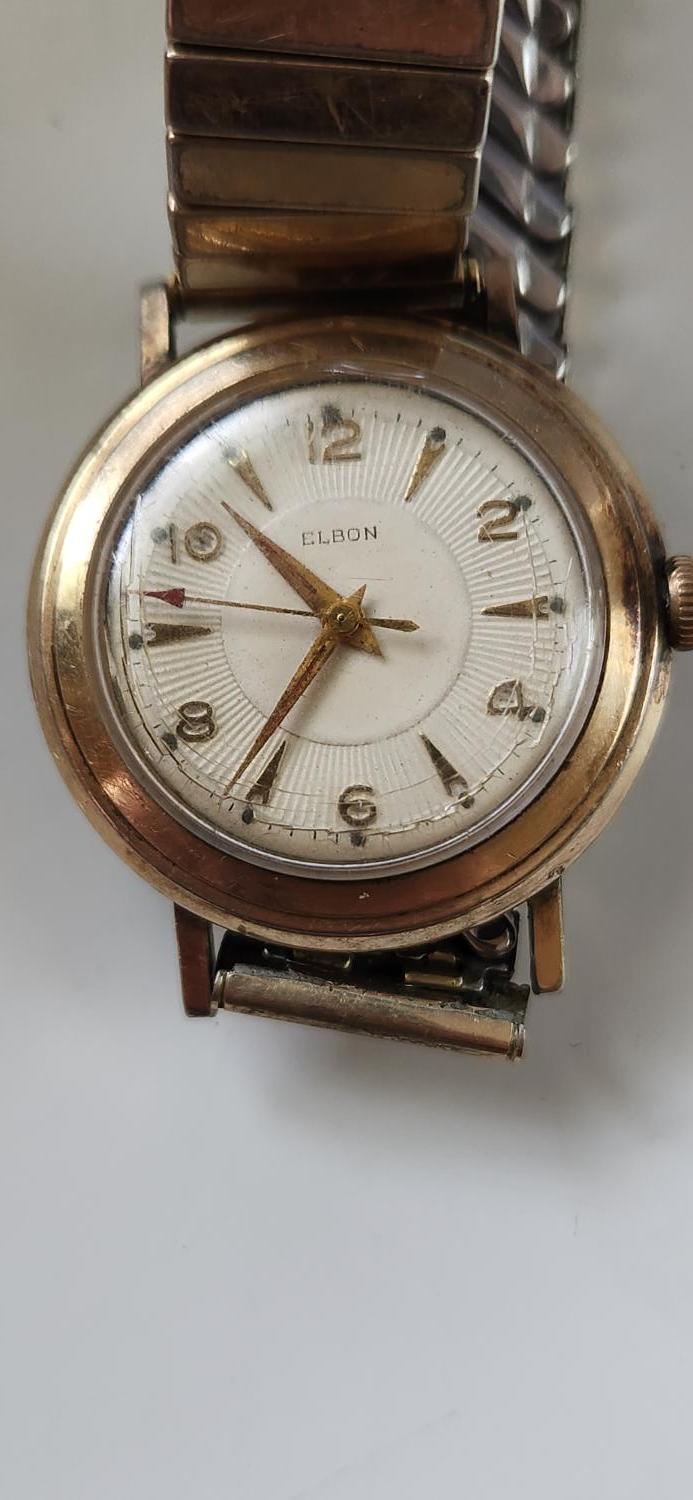-
Recently Browsing
- No registered users viewing this page.
-
Topics
-
Posts
-
By RichardHarris123 · Posted
Cousins don't seem to sell them, try Gleaves and Co , the website is rubbish but apparently they are really helpful if you ring them. I don't know if they are freely available over here as they seem to be an American thing. -
By steve1811uk · Posted
Thanks. They don't seem to have those dimensions and shipping to UK is prohibitive. -
There you are, thanks for showing up JersyMo, I knew you could help, as for the France manufacturing I'm sure a lot of manufacturers have facilities all over for different reasons...
-
Hi, the setting bridge looks similiar to a 7 3/4 Felsa 171, 8 3/4 Felsa 87r but the clutch lever does not, the closest I can find is the A. Schild 8 3/4 547, it shows two setting bridges and the correct shaped clutch lever, good luck with this project .....
-






Recommended Posts